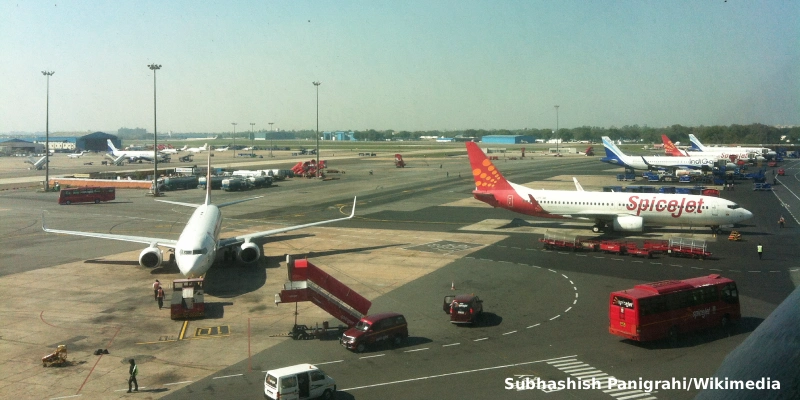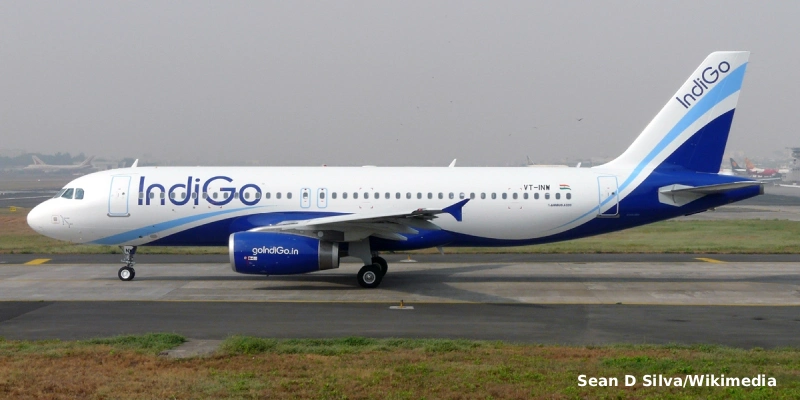Argentina’s National Civil Aviation Administration (ANAC) has approved Resolution No. 812/2025, which defines the technical and interpretive guidelines for the implementation of Decree No. 378/2025. This regulation establishes operational parameters regarding maximum flight times, minimum rest periods, and fatigue management, targeting operators who do not implement their own Fatigue Risk Management System (FRMS).
Regulatory Alignment and Objectives of the Resolution
The resolution introduces modifications to the Argentine Civil Aviation Regulations (RAAC) to align them with the decree, whose purpose is to guarantee optimal rest and alertness conditions in air operations. This measure is part of ANAC’s commitment to strengthening operational safety and adopting international standards.
Technical Guidelines: Uniform Interpretation and Operational Responsibility
The new guidelines serve as a reference for interpreting and applying the regime, providing clarity on the obligations of operators regarding crew scheduling, duty times, and rest periods. The goal is a homogeneous implementation across the entire industry and greater predictability in operations.
Key aspects highlighted include:
- Each crew member must assess their fitness prior to each flight.
- Operators are responsible for verifying the suitability of crews and compliance with activity and rest limits.
- “Duty time” specifically refers to flight duty time, according to assigned functions and the limits established by the regulations or the adopted FRMS.
→ Argentina Modernizes Complaint System for Air Transport Passengers
Option to Implement a Custom FRMS
Decree No. 378/25 allows operators to develop and implement their own Fatigue Risk Management System. This system must be submitted to the Aeronautical Authority via a sworn statement and guarantee, at a minimum, the level of safety provided for in the regulations. Those who do not adopt an FRMS must fully comply with the general regime.
Key Definitions and International Criteria
To ensure a uniform interpretation, definitions aligned with international standards are incorporated. Among them:
- “Duty Time Zone”: A geographical area where the longitudinal difference between origin and destination does not exceed 60 degrees, an essential criterion for assessing fatigue due to time zone changes.
- Terminology unification: It is established that “flight period” and “flight service period” should be understood as “flight time” and “flight duty time.”
- The definitions of “standby” and “reserve” will be governed by each operator’s Operations Manuals, respecting their internal procedures.
Specific Rules for Aerial Work Operations
The regulations also include provisions for aerial work operations, through the approval of the “Rules for the Application of the Fatigue Risk Management System for Those Operators Who Choose to Implement It.” This regulation establishes minimum requirements to ensure adequate safety levels, tailored to the particular characteristics of these operations.
With this resolution, ANAC reaffirms its commitment to operational safety, the protection of crews, and the efficiency of air operations. The measure represents a step forward towards a modern, coherent regulatory system aligned with international best practices.
Related Topics
Singapore Will Apply World’s First Green Fuel Tax on Airline Tickets to Promote its Use
Hundreds of Flights Delayed at Delhi Airport Due to Air Traffic System Failure
IndiGo Reports Larger-Than-Expected Losses in Last Quarter
Virgin Atlantic to Launch London to Seoul Flights from March 2026

Plataforma Informativa de Aviación Comercial con 13 años de trayectoria.




